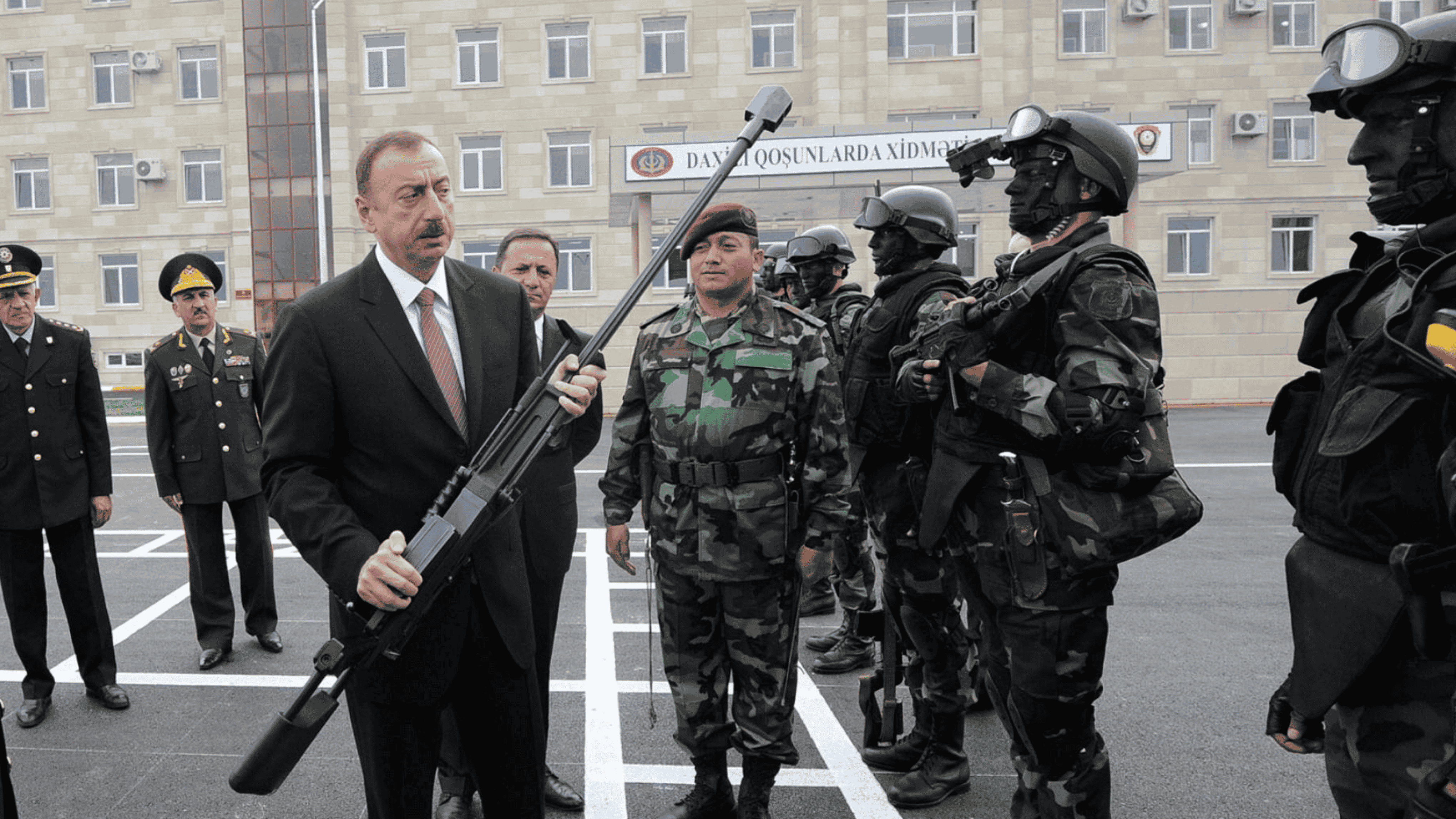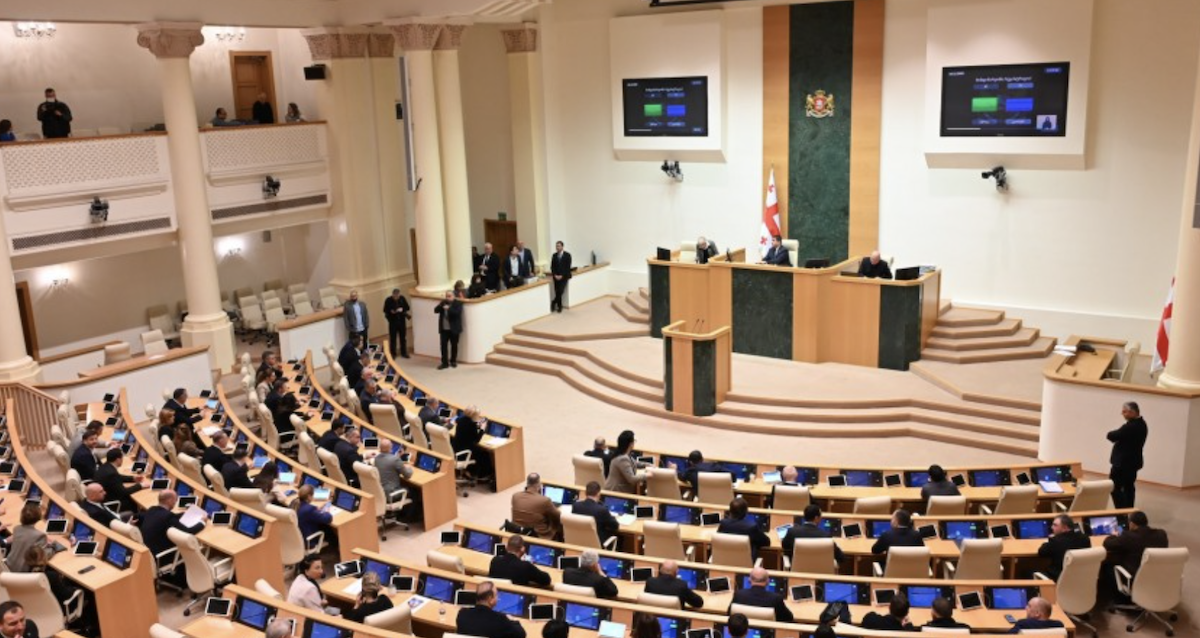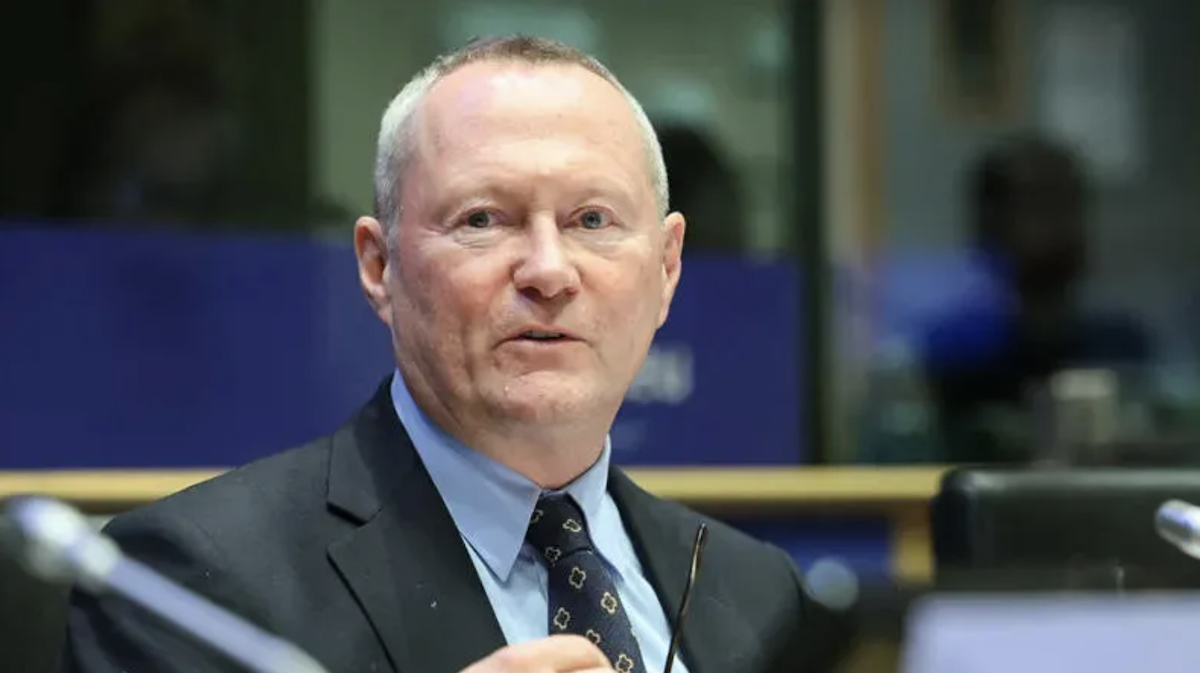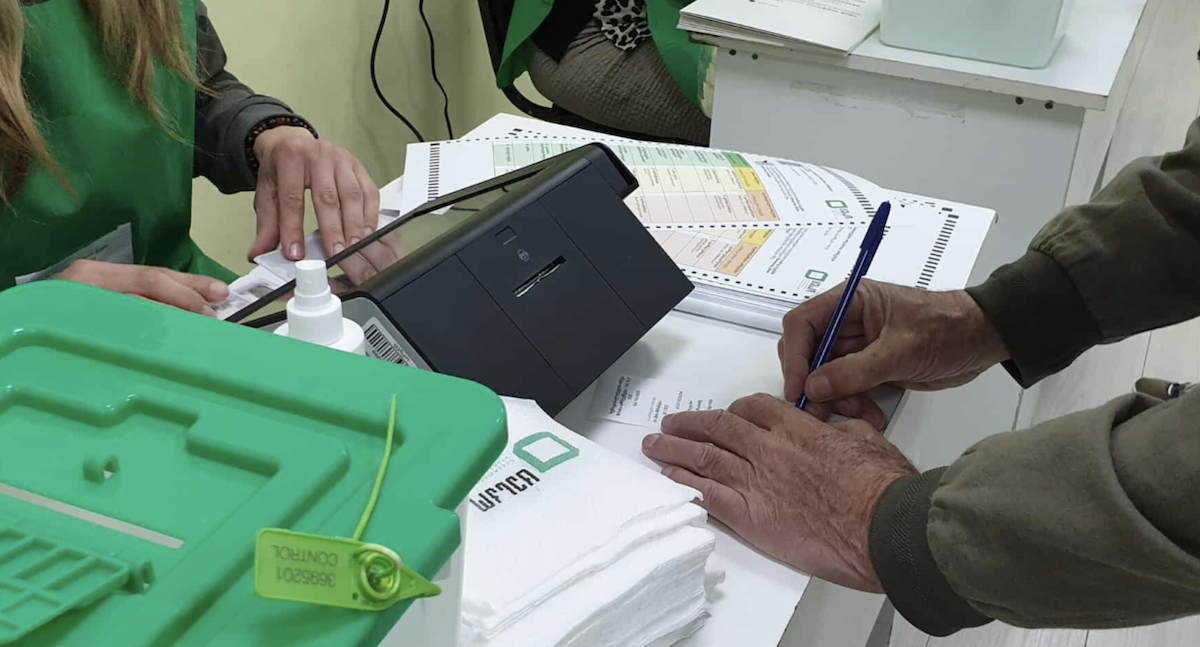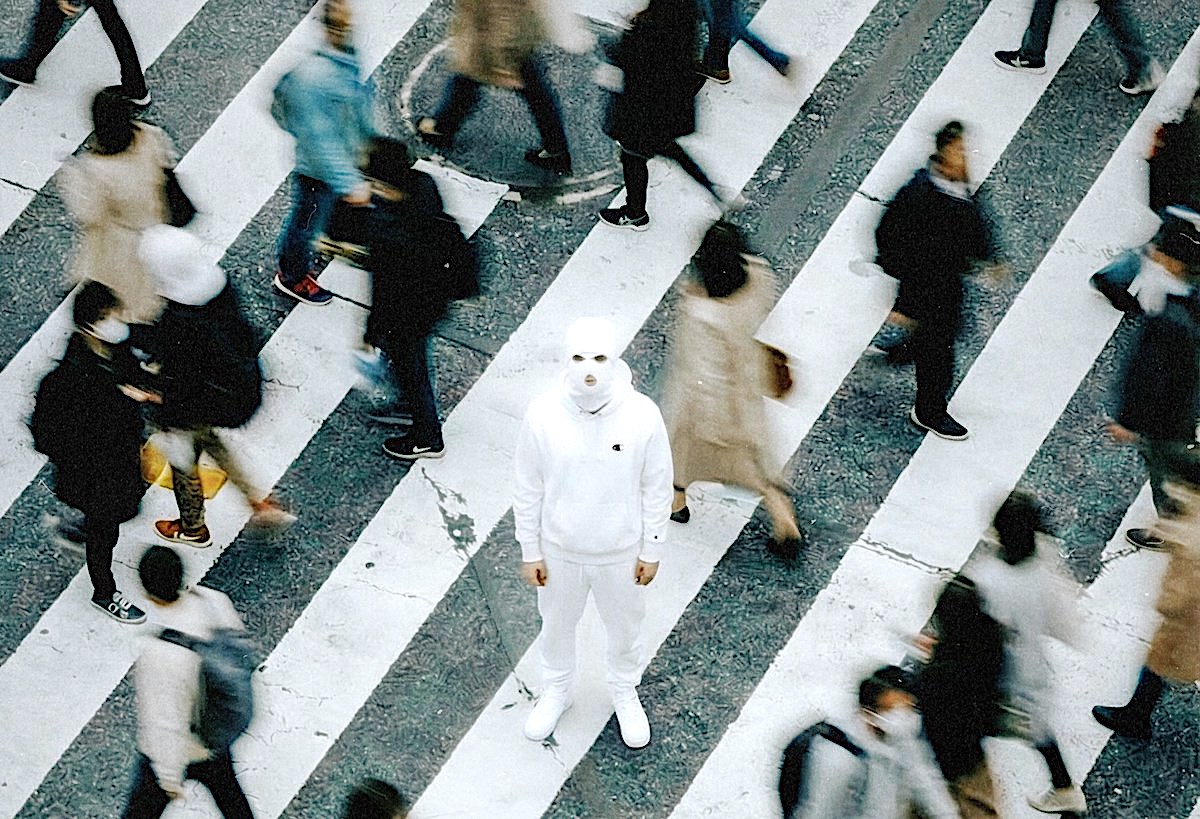What happened in Khojaly: an excerpt from a book by Tatul Hakobyan "Karabakh diary: green and black"
When in 1994 Russian journalist Andrey Karaulov, the host of the Russian TV program The Momemt of Truth asked then-Chairman of the State Defence Committee of NK Robert Kocharyan about the Khojalu tragedy, he responded:
Asked about the taking of Khojalu, Serge Sargsyan said carefullyЖ
Samvel Babayan, who was at the center of the events, has a different interpretation.
Khojalu resident Salman Abbasov consequently complained:
One month after the Khojalu tragedy Azerbaijani president Ayaz Mutalibov was interviewed by Czech reporter Dana Mazalova.
In succeeding years as well Mutalibov continued to insist, with some corrections, that Armenians had left a corridor for the civilian population to leave.
[notification type="notification_mark" ]“In the evening of February 25th the late Minister of the Interior Tofik Kerimov reported to me on what had happened, but without details. He said that several hundred people had been shot in Khojalu itself. The first thing I did at the time was to telephone the leader of NK, a certain [Artur] Mkrtchyan. I didn’t know him, had never seen him but I knew his name. I asked him angrily how it was possible to shoot nearly a thousand civilians in Khojalu.”
On February 27 the papers in Baku wrote about only two deaths while only Seher reported, hundreds of deaths.
Journalist Shamil Alexperli recalls:
A few days after the tragedy, Khojalu Mayor Elman Mamedov acknowledged:
News of the Khojalu tragedy reached Baku in the evening of February 25, 1992 – that is, before the NK forces started the military operations. Neither Minister of the Interior Kerimov nor Minister of National Security Huseinov was able to identify the source of that disinformation. And on the morning of February 26, Ayaz Mutalibov telephoned the Speaker of the NK parliament, Artur Mkrtchyan, and the head of the police department, Armen Isagulov, to find out what had really happened.
On the evening of February 26, realizing that the loss of Khojalu would mean the defeat of Mutalibov, the Ministry of the Interior of Azerbaijan released a statement saying that “the attack by the Armenian guerilla in the direction of Khojalu has been repulsed and the Azerbaijani forces have regained the control of the city.” But this information was immediately refuted by the information center of the Popular Front, which announced that that “two trucks full of bodies of slain residents of Khojalu have arrived to Aghdam.”
The military operation of Khojalu
In mid-February on the eve of his visit to Iran, Ayaz Mutalibov ordered the Shushi commandant, Rahim Ghaziyev, to maintain a truce in his absence and not to fire in the direction of Stepanakert. But within hours after his departure to Iran, a fierce bombardment of Stepanakert and, in particular, the 366th motorized regiment began. The numerous reports sent to Moscow by Soviet military commanders, are evidence of the severe and hopeless condition of the regiment.
According to Ghaziyev:
Khojalu was of military significance both for the Armenians and Azerbaijanis. During the blockade NK’s airport in Khojalu was the only link connecting the Armenians of Artsakh with the outside world. At the end of the 80’s the Azerbaiajni authorities had begun populating Khojalu with Metskhetian Turks, who had been driven out of Uzbekistan. From Polyanichko’s times it was under the control of Azerbaijani forces; abduction and extortion of Armenians were the daily activities of those controlling the airport.
Stepanakert and the other Armenian towns were regularly bombed from Khojalu. Arkady Ter-Tadevosyan planned and headed the operation of seizing the town. The NK forces had to enter Khojalu from 4 directions: Noragyugh, Mehtishen, Katuk and territories adjacent to the airport. The commanders of the Armenian units were informed of an open corridor along the Karkar River, for the evacuation of citizens.
The Khojalu operation began before midnight on February 25, that is, a few hours after Mutalibov was informed about the massacre of the civilian population of Khojalu. According to various estimates, about 3,000 residents remained in Khojalu as of February 25 and the commander of the airport emergency platoon with its 160 soldiers, Alif Hajiyev, was in charge of the defense of the city.
The contacts between Khojalu and other settlements in Azerbaijan and Aghdam, in particular, were maintained by means of helicopters. The last flight to Khojalu before the NK forces captured the city took place on February 13. Ghaziyev claimed that as of February 25, there were 12 T-72 tanks, 12 armored vehicles, 4 Grad missile launchers, 40 cannons and 2,500 soldiers in Aghdam. All this could have been directed at the Khojalu defense but no assistance was rendered.
The filming of Chingiz Mustafayev
During the years of the Karabakh war the greatest humanitarian tragedy was, of course, Khojalu. No other operation resulted in the death or suffering of so many civilians including children and women. To date the number of the killed remains debatable. The location where the civilians were killed is no less important.
Different numbers have been presented in different times. Azerbiajan’s parliamentary investigation mentioned 485, which includes all those killed during the Khojalu operation, including those who died from the cold while trying to escape the city. Namig Aliyev, one of the parliamentary investigators, told Helsinki Watch in April 1992 that 213 victims had been buried in Aghdam. Another Azerbaijani official, Aidyn Rasulov, told the same team of researchers that more than 300 bodies showing evidence of a violent death. The newspaper Karabakh reported that the Commission for Aid to Refugees from Khojalu had distributed benefits to 476 families of those who had been killed. The imam in Aghdam showed Thomas Goltz an incomplete list of 477 reported dead by their families. The Azerbaijani newspaper Ordu printed a list of 636 victims.
Azerbaijani cameraman Chingiz Mustafayev shot footage in the vicinity of Aghdam first on February 29 and then on March 2. It was his footage that was shown at the extraordinary session of the Azerbaijani parliament. The locality where Mustafayev had filmed the corpses was under Azerbaijani control, or more precisely, under the control of armed units of the Popular Front – this can be clearly seen from the footage. Mustafayev could not have filmed in those territories had they been under the control of NK forces. On June 15 he was killed during filming in the Nakhijevanik village.
Different hypotheses have been proposed about Mustafayev’s murder. The Azerbaijani official propaganda insists that he died during filming from an Armenian bullet. The NK side says that Mustafayev was killed by the popular front warriors, so that in the future he would not tell the truth about Khojalu. There are unconfirmed claims that after the filming in Khojalu, Mustafayev warned the cameraman not to talk about Khojalu and be on his guard against danger.
Vahid Mustafayev, who frequently went to film with his brother on the front line, recalled that when the Azerbaijani unit reoccupied the Armenian village of Nakhijevanik, the soldiers scoffed that Chingiz shows up, films for a few minutes and immediately leaves. “If you are a real man let’s go to the front line and you shoot there”, they told him. And so, Chingiz returned to Nakhijevanik, which on June 15, just like during the filming on February 29 and March 2, was under the control of Azerbaijan’s Popular Front military units.
On March 3, 1992, under the pressure of the opposition, Mustafayev’s footages on the Khojalu tragedy was screened in the Supreme Council; a crying man is holding the corpse of a child wearing a red jacket and village women wearing colorful headscarves and jackets are lying in the dirt and melting snow. Thomas Golts writes, “The first scenes of the film was screened and in the next ten minutes the history of the country changed.”
Tens of thousands of protesters gathered in front of the Azerbaijani parliament building to demand Ayaz Mutalibov’s resignation. During the March 5, 1992 extraordinary session of the Supreme Council of Azerbaijan, Elmira Kafarova submitted her resignation and the Dean of the Medical Department at Baku University, Yaghub Mamedov, was elected speaker of parliament. The demonstrators kept the parliament building under siege, holding parliament members inside. Mutalibov called the unfolding events a “coup d’état”. On March 6 th he resigned and Mamedov became the acting president until the presidential election was held.
This is how Mutalibov commented on these events:
The retired president believed that following his resignation the NK issue would be speculated on within the internal political struggle and the further spread of war would become irreversible.
===========================================================================
Azerbaijan blames Armenian military for the tragedy in Khojaly. A JAMnews report from Baku












